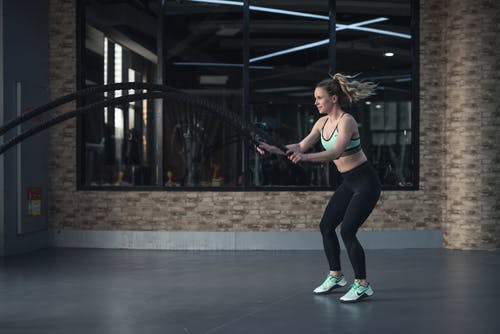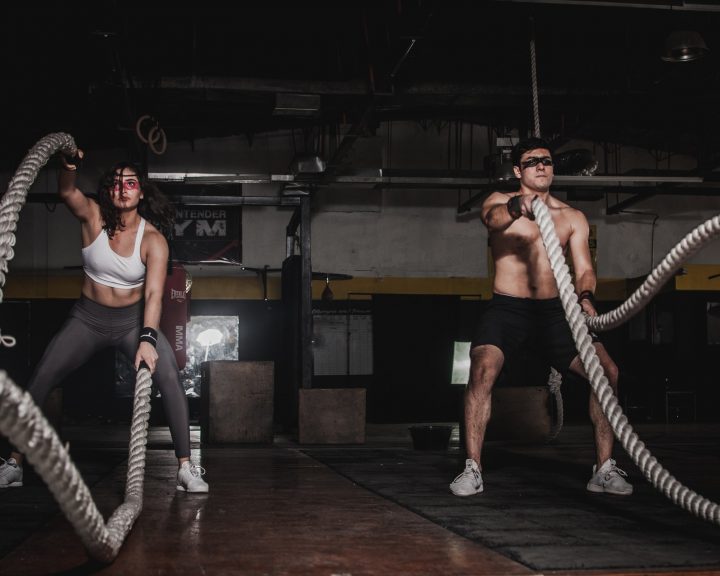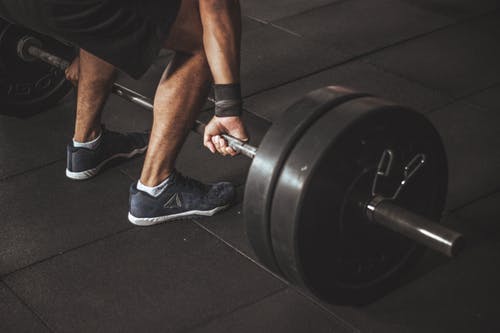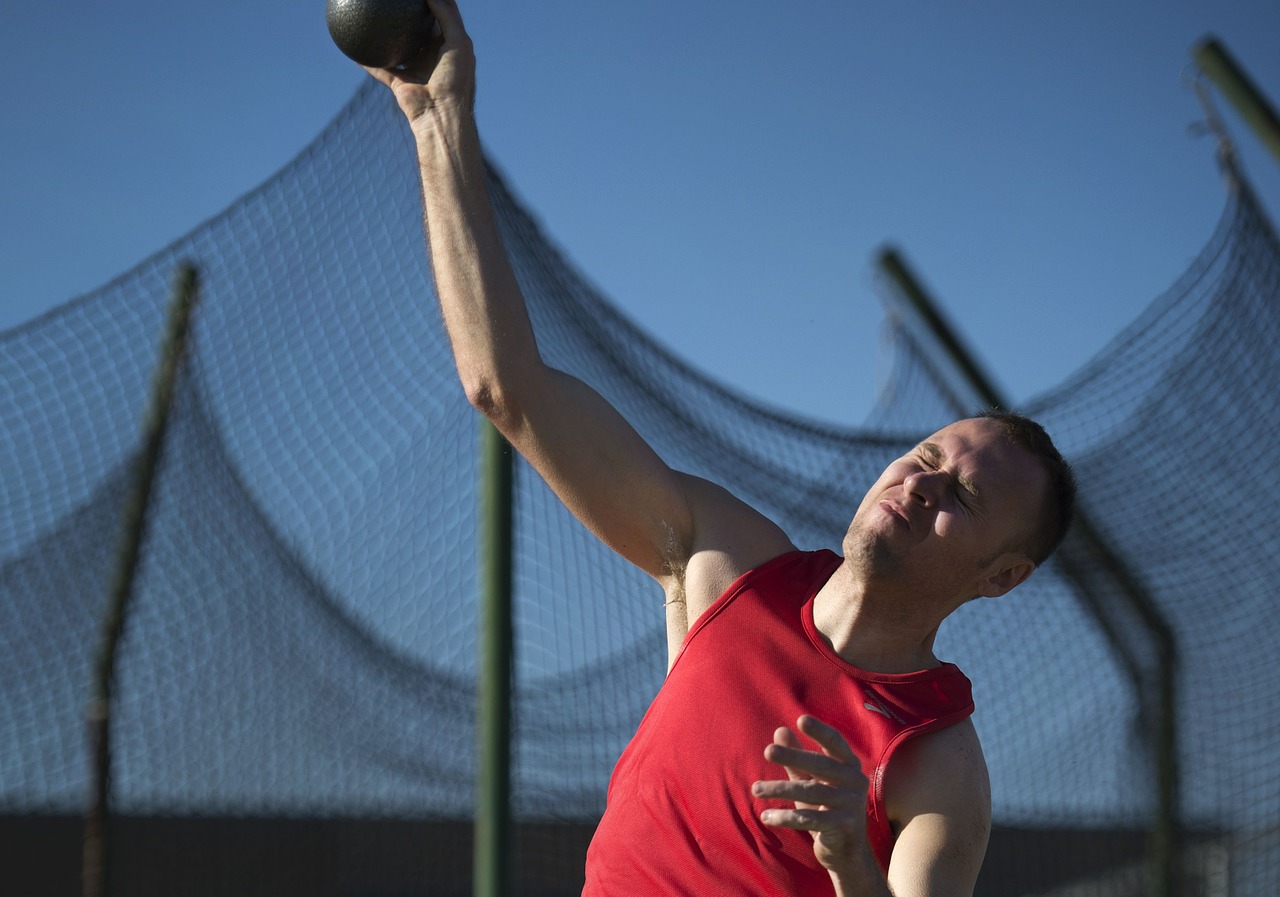Heavy ropes (also known as battle ropes) have been around for awhile in strength and conditioning circles. They are used for warming up and for metabolic conditioning. While there is a lot of anecdotal information on heavy ropes, there is a paucity of research on them. In the Journal of Strength and Conditioning Research, Chen et al examined the effectiveness of battle ropes at increasing various performance measures as well as shooting in collegiate basketball players.
The authors took 30 collegiate basketball players and divided them into two groups, one did battle rope training and one did shuttle run training. Both groups did 3 hours of basketball training three times a week as well as 1.5 hours of resistance training twice a week.
The battle rope group did a circuit of six exercises, for 30 minutes each session (three sessions/week). Over the eight weeks of the study the work:rest ratio changed from 1:3 (15 seconds exercise, 45 seconds rest) to 1:2 (20 seconds exercise, 40 seconds rest).
The shuttle run group did a 15 meter sprint, a 180 degree change in direction, and another 15 meter sprint for 30 minutes. Work:rest ratios mirrored the battle rope group.
Results:
Below are the approximate percentage changes for the measured values. A negative number indicates a decrease:
| Battle Rope | Shuttle Run | |
| Aerobic capacity (Pacer laps) | 18% | 12% |
| Upper body peak anaerobic power (W) | .4% | 2% |
| Chest pass (km/h) | 5% | 4% |
| CMJ (cm) | 3% | 3% |
| T-test (s) | 0% | 2% |
| Trunk flexor (s) | 37% | 20% |
| Trunk extensor (s) | 23% | 20% |
| Right side bridge (s) | 23% | 3% |
| Left side bridge (s) | 1% | -2.5% |
| Free throw % | 14% | -.5% |
| Dynamic % | 36% | 6% |
Both groups made similar increases on the chest press, the counter movement jump (CMJ), and the t-test. Interestingly the battle rope group made better gains on aerobic capacity (the Pacer test) even though that test was similar to shuttle running. Also interestingly the battle rope group made much smaller gains on upper body peak power than the shuttle run group. On the other hand, the battle rope group improved greatly more on trunk endurance, free throw shooting, and dynamic shooting (running, catching, shooting).
The difference in shooting is stark between the two groups. The shuttle run group saw a decrease in free throw percentage while the battle ropes group saw an almost 14% increase. Similarly the battle rope group improved their dynamic shooting by 36% whereas the shuttle run group only improved by 6%. The authors argue that the shooting impact was due to the core and upper body involvement required of the battle ropes (i.e. training leads to fatigue resistance which translates to better shooting).
Battle ropes have an overload challenge. By this I mean that it is challenging to make their use more difficult over time with a highly trained athlete. Different story for a middle aged, overweight, unfit person. But highly trained athletes will master the exercises quickly and adapt to them quickly. For any exercise mode to remain effective ways must be found to make their use more challenging over time. Battle ropes only come in so many different sizes and lengths and if we’re interested in transferring training to sport then we have to be very careful about work and rest lengths/intervals. So it was instructive to see how this was done over an eight week period with this study. However, I question the ability to find an extra 90 minutes a week to add battle rope training on top of sports training, games, travel, and strength/speed/power/core/mobility/agility/conditioning training.
I’ve seen studies that cover how battle ropes can improve conditioning. Before this one I have yet to see one linking them to improved sports performance. Does it require 30 minutes a day, three days a week, to have this training effect? Or could this be done with 10 minutes a day, or even 5? For me, that would be the next place to go with this. As I mentioned above, if it really requires 30 minutes I’m not sure how many basketball coaches are willing to give up that time for this training modality.
Chen, W-H., Wu, H-J., Lo, S-L., Chen, H., Yang, W-W., Huang, C-F., and Liu, C. (2018). Eight-week battle rope training improves multiple physical fitness dimensions and shooting accuracy in collegiate basketball players. Journal of Strength and Conditioning Research, 32(10): 2715-2724.




